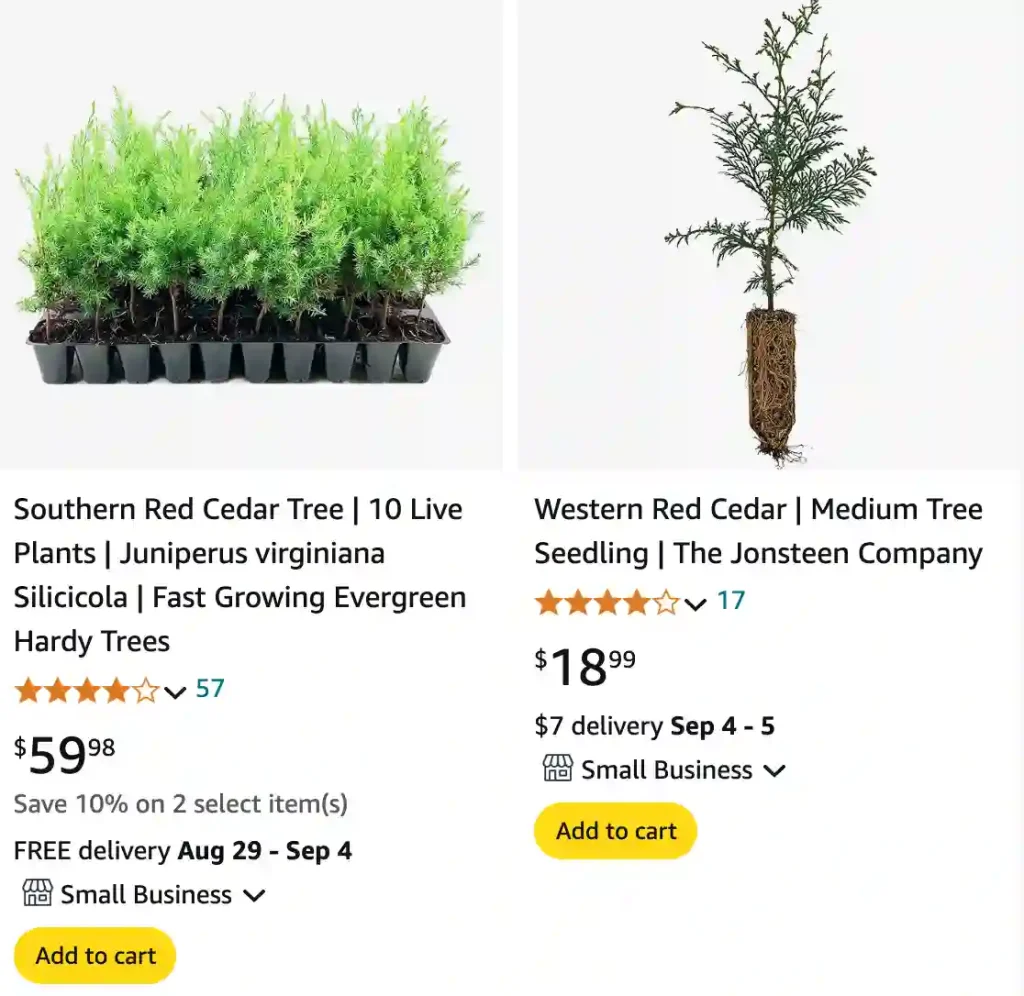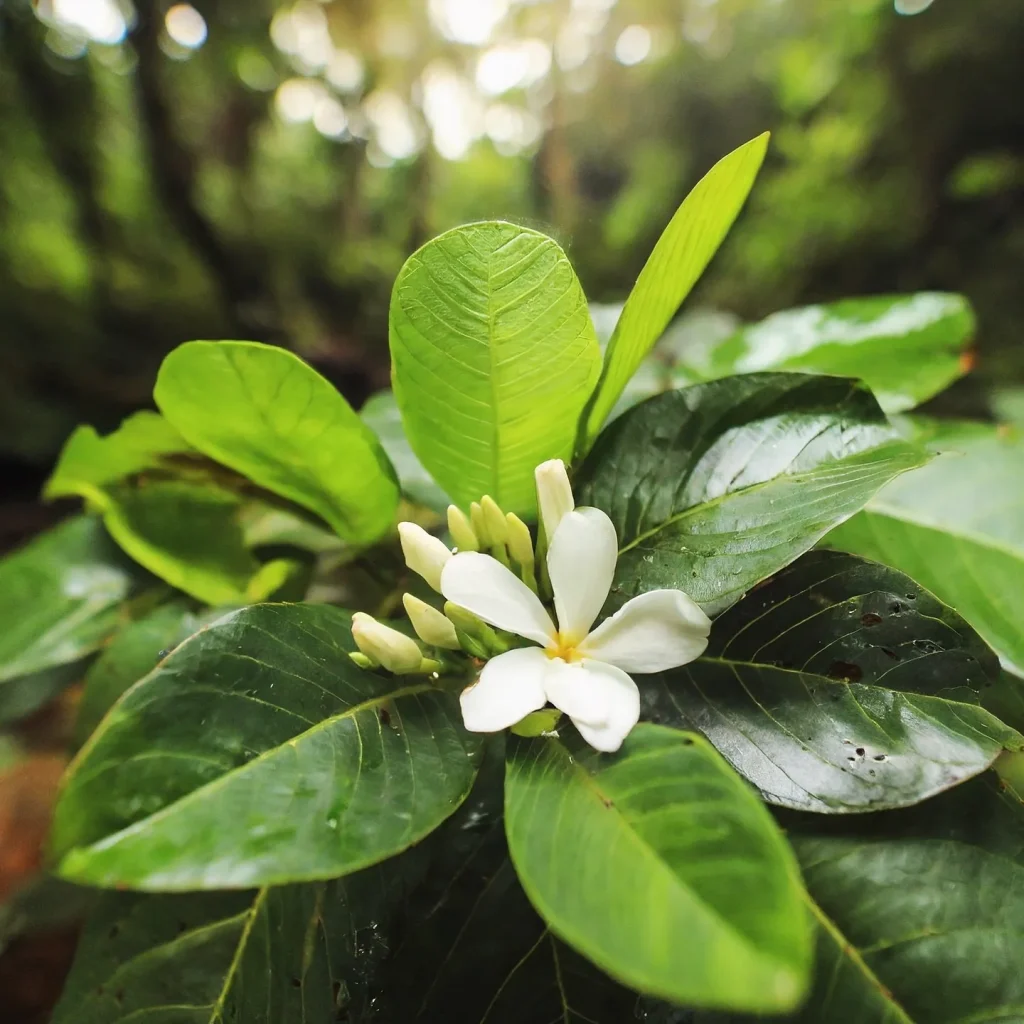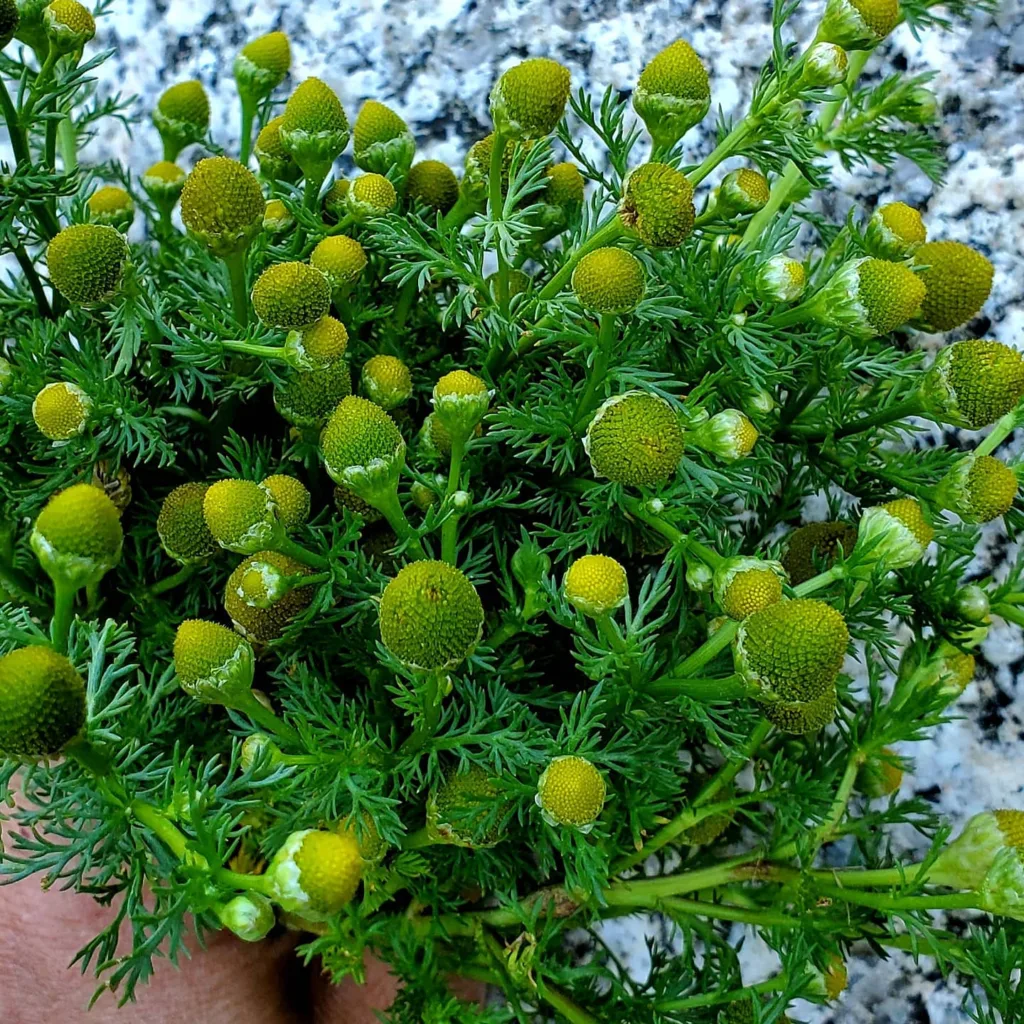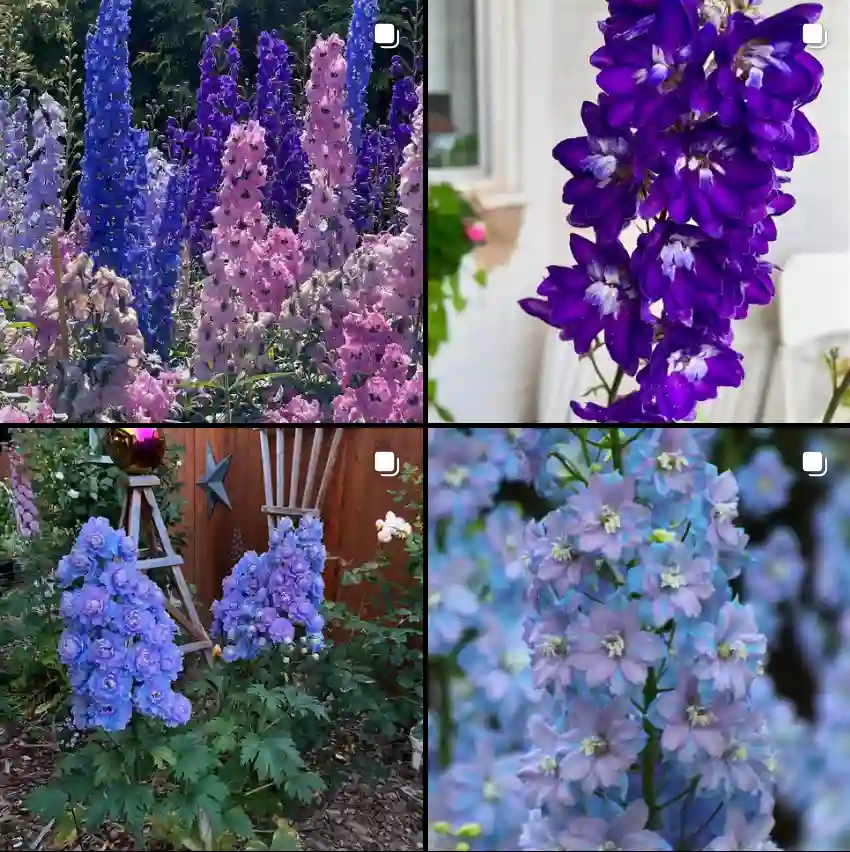
FAQs About Red Cedar
As someone who’s spent a fair amount of time learning about various types of wood and their properties, I often get asked about Red Cedar. Whether you’re considering it for your garden, furniture, or just curious about its characteristics, here’s a comprehensive look at the most common questions I encounter about Red Cedar.
74 Species in Genus Juniperus
Is Red Cedar a Hardwood?
Despite its name, Red Cedar is technically a softwood. It belongs to the Cypress family and is known for its lightweight and aromatic qualities. Hardwood comes from broad-leaved trees, while softwood comes from conifers. So, although Red Cedar is often used in ways that might be associated with hardwoods, it’s not classified as one.
Are Red Cedar Berries Edible?
Red Cedar produces small, berry-like cones, but they are not edible. While some wildlife might consume them, they are not recommended for human consumption. The berries can be toxic and are best avoided to prevent any adverse health effects.
Is Eastern Red Cedar Toxic?
Eastern Red Cedar (Juniperus Virginiana) is not highly toxic but can be irritating if consumed in large quantities. The berries and foliage contain compounds that can cause gastrointestinal issues or allergic reactions in some individuals. It’s a good practice to handle the plant with care and avoid ingestion.
How Fast Do Red Cedar Trees Grow?
Red Cedar trees are relatively fast-growing compared to many other species. On average, they can grow 1 to 2 feet per year under optimal conditions. Growth rates can vary depending on factors like soil quality, water availability, and climate. Proper care and maintenance can help maximize their growth potential.
Is Red Cedar Good Firewood?
Red Cedar is often used as firewood due to its ability to burn hot and produce a pleasant aroma. However, it can create more creosote buildup in chimneys compared to hardwoods. This makes regular chimney cleaning essential if you use Red Cedar as firewood. Its fast-burning nature also means it might not last as long as denser woods.
Is Red Cedar Rot Resistant?
One of the notable qualities of Red Cedar is its natural resistance to decay and rot. This makes it an excellent choice for outdoor use, such as in fences and decking, where it’s exposed to the elements. The wood contains natural oils that act as preservatives, helping it withstand moisture and insects.
Are Eastern Red Cedar Deer Resistant?
Eastern Red Cedar is generally considered deer resistant. Deer tend to avoid it due to its aromatic foliage and the sharpness of its needles. This can make it a good choice if you’re dealing with a deer problem in your garden.
Can Guinea Pigs Use Red Cedar Bedding?
Red Cedar bedding is often discouraged for guinea pigs and other small animals. The aromatic oils in Red Cedar can be harmful to their respiratory systems. Instead, it’s better to use bedding made from materials like aspen, which are safer and more comfortable for your pets.
Red Cedar vs White Cedar
When comparing Red Cedar to White Cedar, the main difference lies in their color and scent. White Cedar has a lighter color and a more subtle aroma compared to the deep, reddish hue and strong scent of Red Cedar. Both types of cedar are durable and resistant to rot, but White Cedar is often preferred for its lighter color and slightly softer texture.
Red Cedar vs Yellow Cedar
Yellow Cedar is another popular variety known for its hardness and longevity. Compared to Red Cedar, Yellow Cedar is denser and typically more durable. It has a pale yellow color and a milder scent. Yellow Cedar is often used for high-quality furniture and is appreciated for its fine grain.
Red Cedar vs Cedar
The term “cedar” can refer to several different types of wood, including Red Cedar, Western Red Cedar, and Eastern Red Cedar. While all these woods share some common characteristics, such as a pleasant aroma and natural rot resistance, they differ in appearance and specific uses. Western Red Cedar, for example, is known for its large size and is often used in construction, while Eastern Red Cedar is more commonly used for small projects and crafts.
Red Cedar vs Douglas Fir
Douglas Fir is a much denser and stronger wood compared to Red Cedar. It is commonly used in construction and structural applications due to its strength. Red Cedar, on the other hand, is lighter and more aromatic, making it suitable for applications where its natural properties and aesthetics are desired, such as in outdoor furniture or decorative elements.
Red Cedar vs Incense Cedar
Incense Cedar is similar to Red Cedar but is often used for different applications. Incense Cedar has a more uniform color and a finer texture, which makes it ideal for cabinetry and woodworking projects. Red Cedar, with its rich color and distinctive aroma, is typically favored for outdoor uses and decorative pieces.
Red Cedar vs Juniper
While Red Cedar and Juniper trees can look similar, they are different species. Juniper trees are generally smaller and have a more varied color range in their berries. Red Cedar is known for its larger size and distinct reddish-brown wood. Both trees have similar aromatic qualities, but Red Cedar is more commonly used for construction and outdoor furniture.
Red Cedar vs Pine
Pine is a softer and less durable wood compared to Red Cedar. Pine is often used for furniture and interior projects, while Red Cedar is preferred for its natural resistance to rot and insects. Red Cedar’s distinctive color and scent also make it a popular choice for exterior applications where appearance matters.
Red Cedar vs Pressure Treated
Pressure-treated wood is chemically treated to resist decay and insects. While Red Cedar naturally resists these issues, pressure-treated wood offers additional protection, especially in high-risk areas. If you’re looking for a wood that doesn’t need chemical treatment, Red Cedar is a great option, but if you need extra durability, pressure-treated wood might be preferable.
Red Cedar vs Redwood
Redwood is a larger and more durable wood compared to Red Cedar. It is known for its impressive size and longevity, making it a favorite for large-scale projects and outdoor construction. Red Cedar, with its rich color and aroma, is often chosen for smaller projects and decorative purposes.
Red Cedar vs Spanish Cedar
Spanish Cedar is a close relative of Red Cedar and is often used in fine woodworking and cigar storage due to its pleasant aroma. It is denser and harder than Red Cedar, making it ideal for high-end applications. Red Cedar, however, is more commonly used in construction and outdoor projects due to its natural resistance to decay.
In summary, Red Cedar is a versatile wood with distinct characteristics that make it suitable for various applications. Its natural resistance to rot and insects, along with its aromatic properties, set it apart from other types of cedar and wood. Understanding these differences can help you make informed decisions about which wood is best for your needs.
If i die, water my plants!



